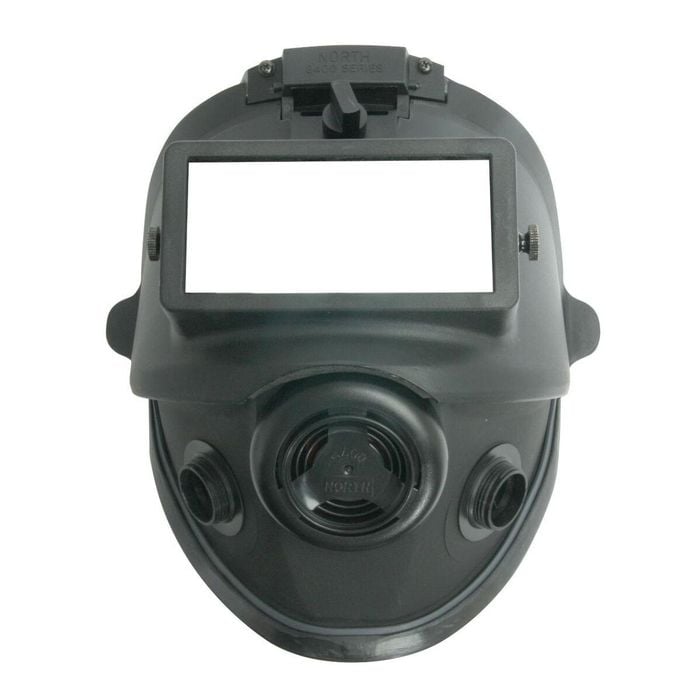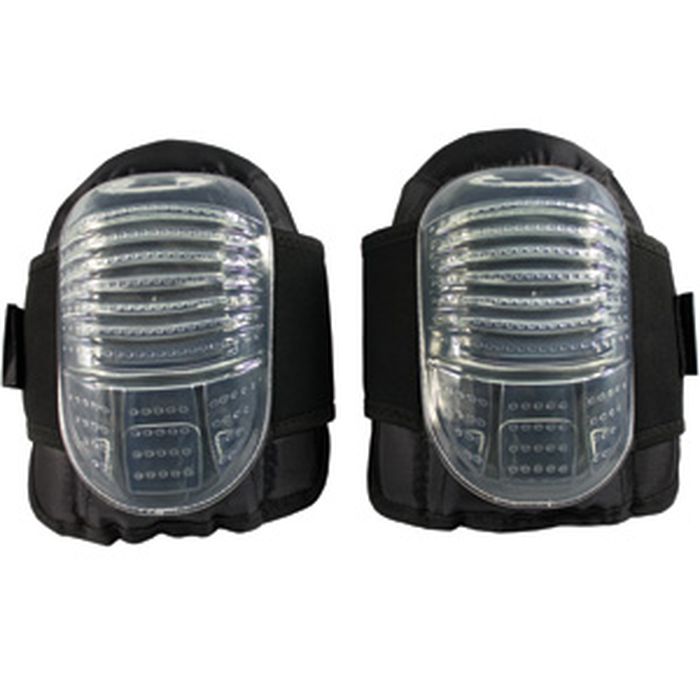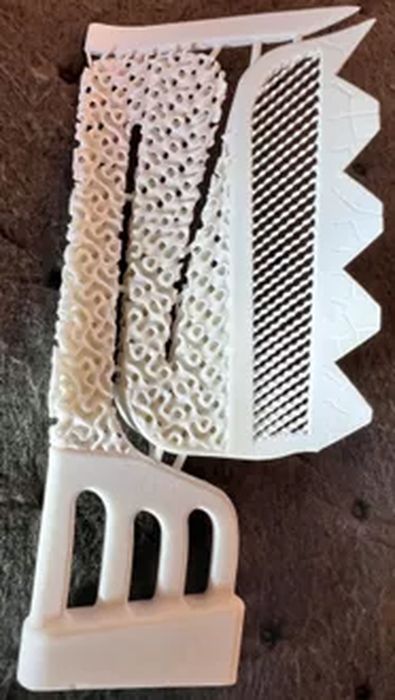
Charles R. Goulding and Preeti Sulibhavi explain how the transformative Honeywell-PIP merger leverages 3D printing to tackle supply chain challenges, drive innovation, and lead the PPE industry into the future.
The acquisition of Honeywell’s Personal Protective Equipment (PPE) division by Odyssey Investment Partners, owners of Protective Industrial Products (PIP), is a transformative US$1.33 billion deal in the PPE industry. Combining Honeywell’s PPE segment with PIP creates a pure-play PPE powerhouse and an extensive user of 3D printing technology. As the world wrestles with ongoing supply chain challenges, impending tariffs on Chinese imports, and a continued need for robust PPE supplies, this merger positions the combined entity to lead innovation and resilience in this critical sector.
The Legacy of Protective Industrial Products (PIP)
Founded in 1984 and headquartered in Latham, New York, Protective Industrial Products has grown into a global leader in PPE. The company specializes in manufacturing and distributing an expansive range of safety products, from hand protection and hearing protection to protective eyewear, helmets, and apparel. Over its nearly four-decade history, PIP has cultivated a reputation for delivering high-quality products that meet the diverse needs of industries such as construction, mining, healthcare, and fire protection.
In 2023, PIP employed over 3,000 individuals and reported impressive sales nearing US$1.5 billion, cementing its position as a key player in the global PPE market. The company’s extensive supply chain and robust manufacturing capabilities have allowed it to serve customers across North America, Europe, Asia, and beyond.
Honeywell’s PPE Expertise and Strategic Shift
Honeywell, a multinational conglomerate with a diverse portfolio spanning aerospace, building technologies, and industrial solutions, has long maintained a strong foothold in the PPE market. Its PPE division includes a comprehensive range of products such as masks, respirators, safety helmets, protective shoes, goggles, and hearing protection solutions. However, under pressure from Wall Street activists to narrow its focus and optimize profitability, Honeywell opted to divest its PPE business.
The sale to Odyssey Partners marks a strategic opportunity for Honeywell to streamline its operations while ensuring that its PPE division finds a dedicated home with PIP. The merger aligns both companies with a shared goal of becoming a leading, end-to-end PPE provider, leveraging advanced technologies like 3D printing to innovate and scale production.

3D Printing’s Growing Role in PPE Manufacturing
During the COVID-19 pandemic, 3D printing emerged as a game-changer for PPE production. With global supply chains disrupted, leading manufacturers and individual designers alike turned to additive manufacturing to produce masks, face shields, ventilator components, and other critical items. The technology’s speed, flexibility, and cost-efficiency made it an ideal solution for addressing shortages and accelerating production timelines.
Honeywell’s Use of 3D Printing in PPE
Honeywell has been an early adopter of 3D printing across its business segments, including PPE. The company has used 3D printing technology to create customized respirators and masks designed for optimal fit and performance. For example, Honeywell developed prototypes of ergonomic face masks using additive manufacturing during the pandemic, allowing the company to scale production and meet surging demand quickly.
Beyond PPE, Honeywell has also leveraged 3D printing for components in its aerospace and industrial products, underscoring its commitment to integrating advanced manufacturing technologies into its operations.
PIP’s Use of 3D Printing
Protective Industrial Products has similarly embraced 3D printing to enhance its PPE offerings. The company has used additive manufacturing to prototype and produce lightweight, durable safety helmets and goggles. These innovations have improved worker comfort and performance while reducing manufacturing lead times. By incorporating 3D printing into its R&D and production processes, PIP has demonstrated its ability to respond rapidly to market needs and customer requirements.

A Strategic Merger at a Pivotal Time
This merger comes at a critical moment for the PPE industry. The impending imposition of 60% tariffs on Chinese imports is set to upend global supply chains, creating an urgent need for domestic production capabilities. Substantial quantities of PPE are currently sourced from China, leaving U.S. companies vulnerable to supply disruptions and rising costs.
The combined Honeywell-PIP entity has a unique opportunity to address these challenges by doubling down on 3D printing as a strategic tool.
PPE Demand Remains Strong Across Key Industries
The demand for PPE remains robust across industries such as construction, mining, healthcare, and fire protection. The U.S. government’s historic infrastructure investments have fueled construction activity, increasing the need for safety equipment like helmets, goggles, and ear protectors. Similarly, healthcare facilities continue to prioritize PPE stockpiles in the wake of the pandemic, while mining and fire protection sectors require durable, high-performance protective gear for their hazardous work environments.
This sustained demand underscores the importance of maintaining a reliable, resilient PPE supply chain. By leveraging 3D printing and optimizing their combined resources, PIP and Honeywell’s PPE division can position themselves as indispensable suppliers to these critical industries.
Post-Merger Integration and the Future of 3D Printing
The merger will undoubtedly involve a comprehensive integration process to optimize the strengths of each company. For 3D printing, the focus will be on identifying which company possesses the best technology, as well as implementing best practices from the broader industry. This integration is likely to include:
- Technology Evaluation: Assessing the existing 3D printing capabilities of both Honeywell and PIP to determine the most effective solutions for PPE production.
- Process Optimization: Streamlining manufacturing workflows to maximize efficiency and reduce costs.
- R&D Investment: Expanding research and development efforts to explore new applications for 3D printing in PPE and other safety products.
Lessons from the Pandemic
The COVID-19 pandemic highlighted the critical need for domestic PPE manufacturing. When global supply chains faltered, the U.S. faced severe shortages of masks, gloves, and other protective gear, exposing vulnerabilities in its reliance on imports. This merger represents a proactive step toward addressing these vulnerabilities by prioritizing localized production and supply chain resilience.
The Role of Odyssey Partners
Odyssey Partners, a private equity firm with a history of strategic investments, typically maintains a holding period of five to seven years. During this time, Odyssey is expected to drive operational improvements, expand market share, and position the combined entity for long-term success. By focusing on innovation and leveraging 3D printing, Odyssey can help PIP and Honeywell’s PPE division achieve significant growth while meeting the evolving needs of their customers.
The Research & Development Tax Credit
The now permanent Research and Development (R&D) Tax Credit is available for companies developing new or improved products, processes and/or software.
3D printing can help boost a company’s R&D Tax Credits. Wages for technical employees creating, testing and revising 3D printed prototypes are typically eligible expenses toward the R&D Tax Credit. Similarly, when used as a method of improving a process, time spent integrating 3D printing hardware and software can also be an eligible R&D expense. Lastly, when used for modeling and preproduction, the costs of filaments consumed during the development process may also be recovered.
Whether it is used for creating and testing prototypes or for final production, 3D printing is a great indicator that R&D Credit-eligible activities are taking place. Companies implementing this technology at any point should consider taking advantage of R&D Tax Credits.
Conclusion
The merger of Honeywell’s PPE division with Protective Industrial Products is a pivotal development for the PPE and 3D printing industries. As the combined company navigates challenges such as Chinese tariffs and rising demand for domestically produced PPE, 3D printing will play a central role in driving innovation, reducing costs, and ensuring supply chain resilience.
This merger exemplifies the potential for additive manufacturing to revolutionize traditional industries, offering a blueprint for how advanced technologies can create value in the face of global challenges. With Odyssey Partners steering the ship, the next five to seven years promise to be an exciting period of growth and transformation for the combined company.
